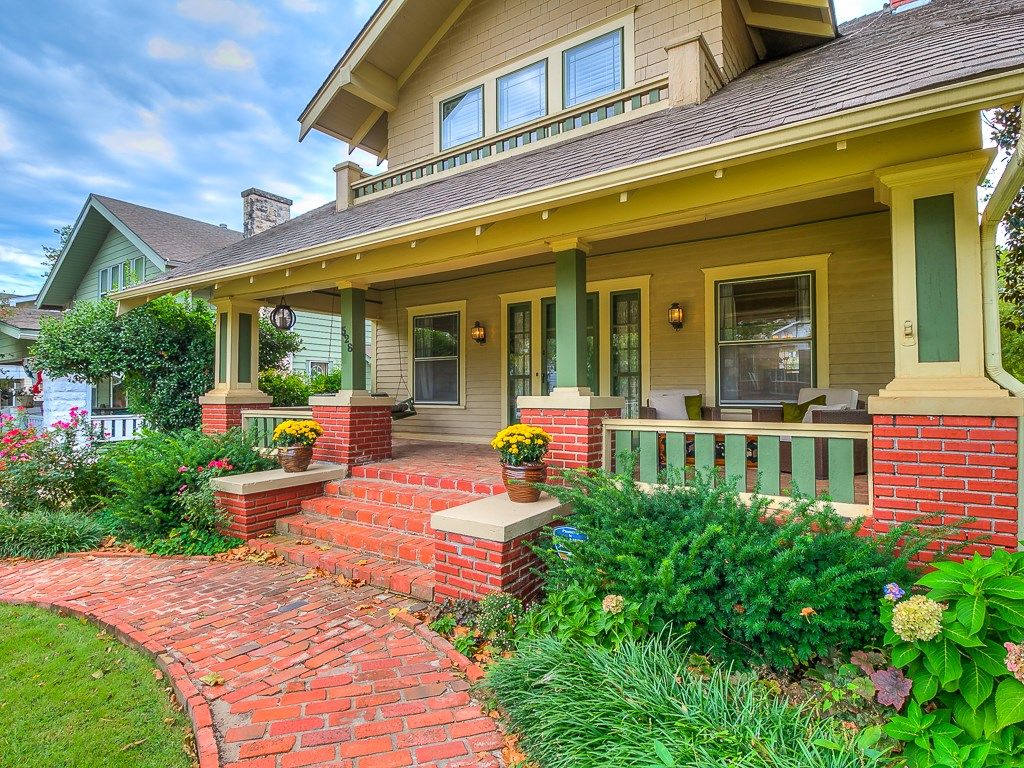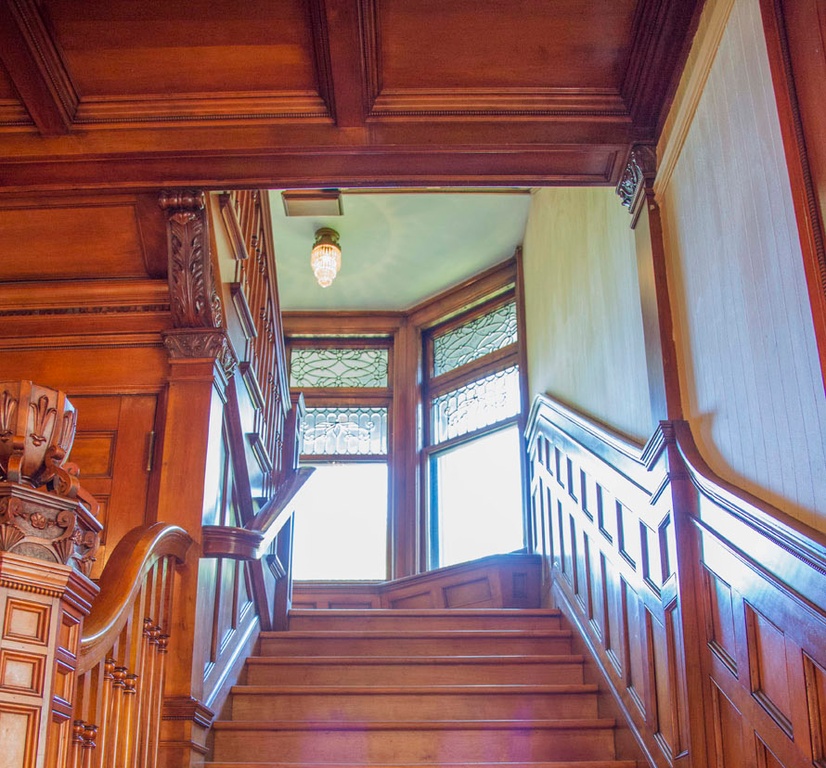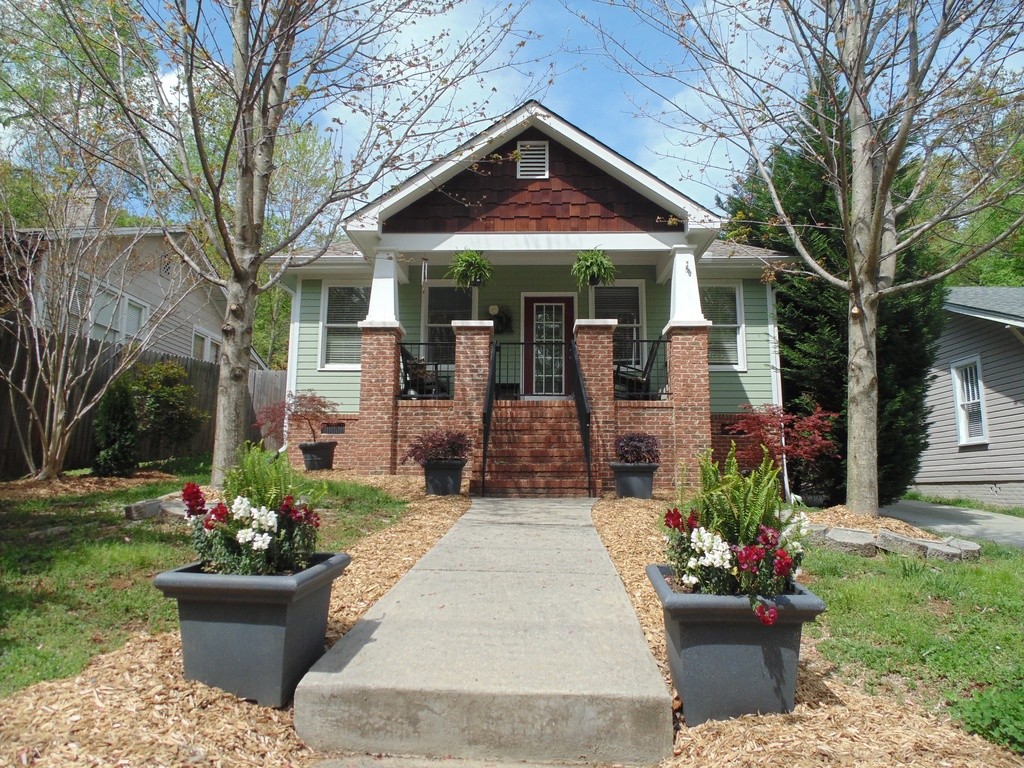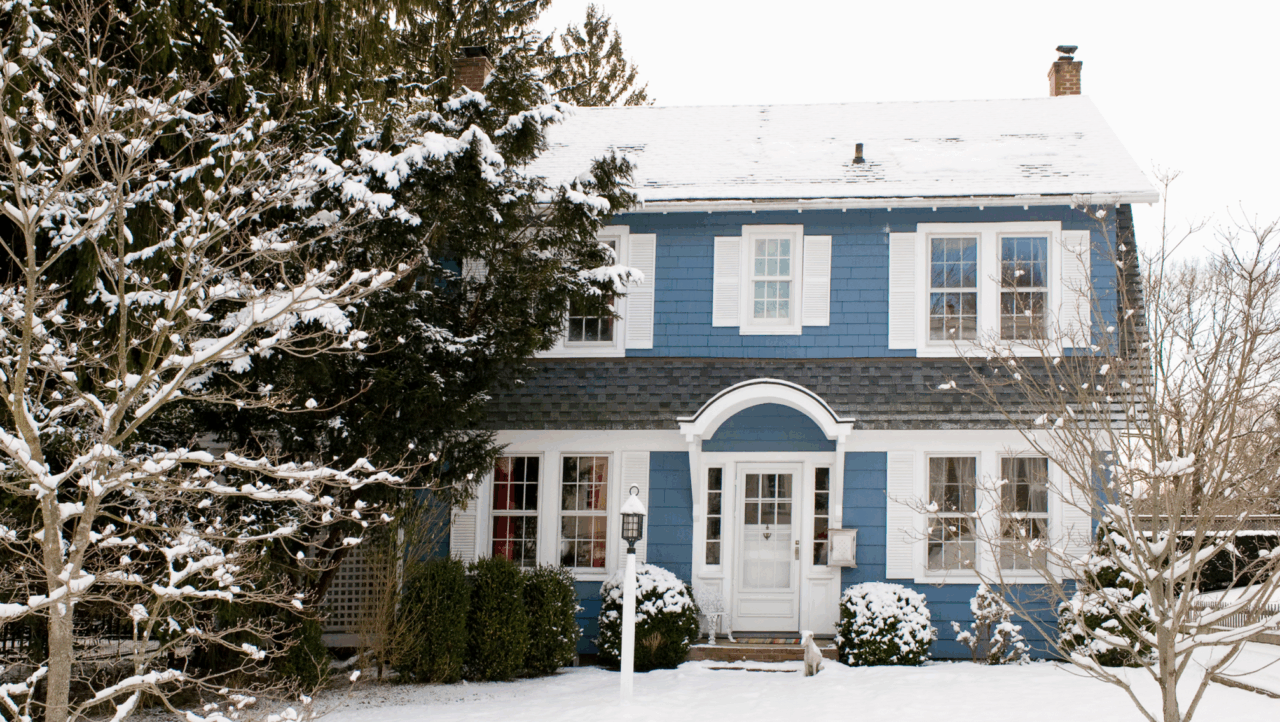Craftsman Homes: 'Honest' Design for Middle America


Written by Zillow on April 14, 2015
Something about a Craftsman bungalow manages to be cozy and elegant at the same time — a quintessentially American style that came of age as the United States grew into a world power.
With low rooflines and exposed rafters, these homes were designed for the burgeoning middle class. They became so popular in the early 20th century that Sears sold many in kits — an irony of their success, given that the underlying aesthetic eschewed anything factory built.
Craftsman homes or bungalows went up mostly from 1905 to 1930 and appeared in all regions of the country.
"It's sometimes called the California bungalow, but that's bologna," said Richard Guy Wilson, who holds a chair in architectural history at the University of Virginia. "You find the same style in Charlottesville, VA and virtually everywhere."
Arts and Crafts roots

Although the architecture style is uniquely American, the Craftsman aesthetic traces its roots to the Arts and Crafts movement of England — which was a reaction to Victorian excess and factory-made furniture, fabrics and housewares.
It was a political and social movement as well, opposing waste and pollution and seeking to bring "goodness, honesty, even morality back into the home," said Luiza deCamargo, assistant curator at The Society of Arts and Crafts in Boston.
Supporting artists and craftspeople was a big part of the movement — similar to current trends toward local, artisan and hand-crafted foods and wares.
The Saturday Evening Girls were especially popular in Boston. Originally a reading group of young immigrant women, it turned to creating Paul Revere Pottery as a way for the women to enjoy fair wages and safe working conditions, and the pottery is now coveted by collectors.
Established in 1897, The Society of Arts and Crafts is both a museum and a store, encouraging visitors to buy useful, handmade objects for their homes.
In the store, visitors today find a table laid with clay place settings from six different crafts workers, a kaleidoscope of color and texture straight from the artists' hands.
"You don't need to buy your dishes at Ikea," deCamargo explained. "There's a craftsperson out there who's made the right dishes for you, and you support them in their life and career and passion while filling your own life with beautiful and useful things."
'Honest' craftwork
That mindset, which harks back more than a century, is deeply embedded in Craftsman architecture.
The name came from a magazine called The Craftsman, which was started in 1901 by furniture maker Gustav Stickley.
In reaction to factory-made furniture and homes, the magazine celebrated the work of local craftspeople such Stickley and his four brothers.
Stickley called it "honest furniture," a term that has political and social overtones but appears physically as simple, linear and proportional -- and, perhaps above all, made of solid wood rather than using veneers.
Pieces of Stickley furniture sometimes carry the names prairie or mission, which were slightly earlier U.S. styles adapted into the new Craftsman form of design and architecture. Some smaller prairie homes bear a strong resemblance to a certain type of Craftsman bungalow.
The most famous Craftsman home builders were two other brothers, Charles and Henry Greene of Pasadena, CA.
Their bungalows received huge play in influential magazines including Ladies' Home Journal, House Beautiful, Good Housekeeping and Western Architect, boosting the style's popularity nationally, according to Virginia Savage McAlester's "A Field Guide to American Houses."
Show those rafters
Craftsman homes tend to be on the small side, with low-pitched roofs, wide overhanging eaves and exposed beams and rafters. In some homes, decorative beams and braces were added just for show.
Porches are a big deal, and they're typically supported by tapered square columns.
Craftsman doors and windows often resemble those used in prairie-style homes, a nod to the country's best-known architectural craftsman.
Inside the homes were more signs of "honest" materials and clean craftsmanship, from exposed beams to unpainted wood and built-ins.
Although Craftsman homes were a middle class phenomenon, some high-end versions were built. The most spectacular example is The Gamble House, which the Greene brothers built in 1908 for a scion of the Procter & Gamble dynasty.
The style saw a rapid decline in the late 1920s, and few Craftsman homes were built after 1930 — although the Great Depression meant that few homes were built at all in the early 1930s. When home building did resume, the new day called for altogether different styles.
Craftsman revival

The Craftsman style came back in vogue in the early 1970s and has been popular ever since, leading architecture historian Robert "Bungalow Bob" Winter to note that the revival has lasted longer than the original period.
"Every townhome from Monrovia to Cucamonga that doesn't yearn to be Megaterranean is built as some kind of homage to the Gamble House," read a story about Winter in the Pasadena Star-News.
Tags
How much home can you afford?
At Zillow Home Loans, we can pre-qualify you in as little as 5 minutes, with no impact to your credit score.
Zillow Home Loans, NMLS # 10287. Equal Housing Lender
Get pre-qualifiedA great agent makes all the difference
A local agent has the inside scoop on your market and can guide you through the buying process from start to finish.
Learn more


